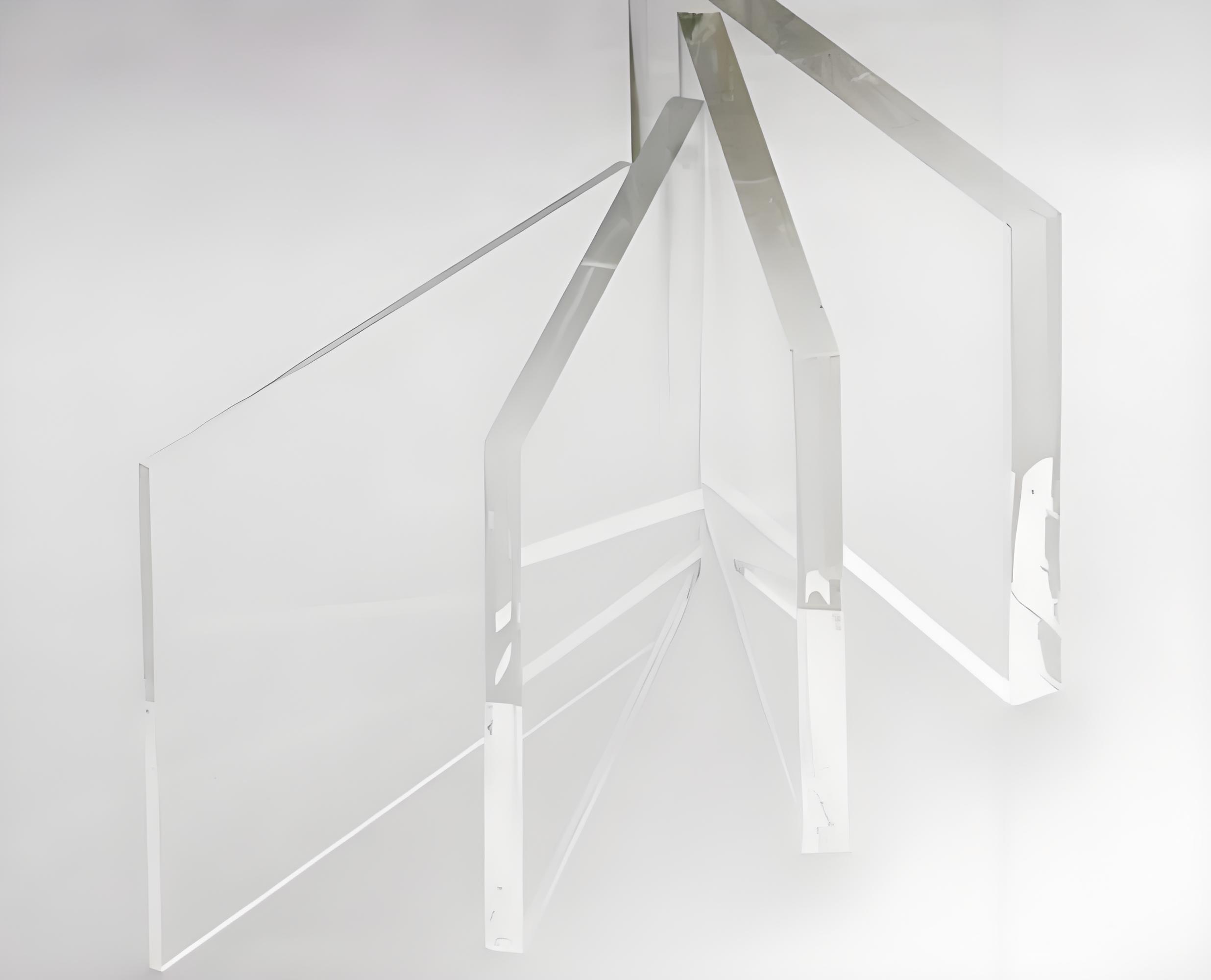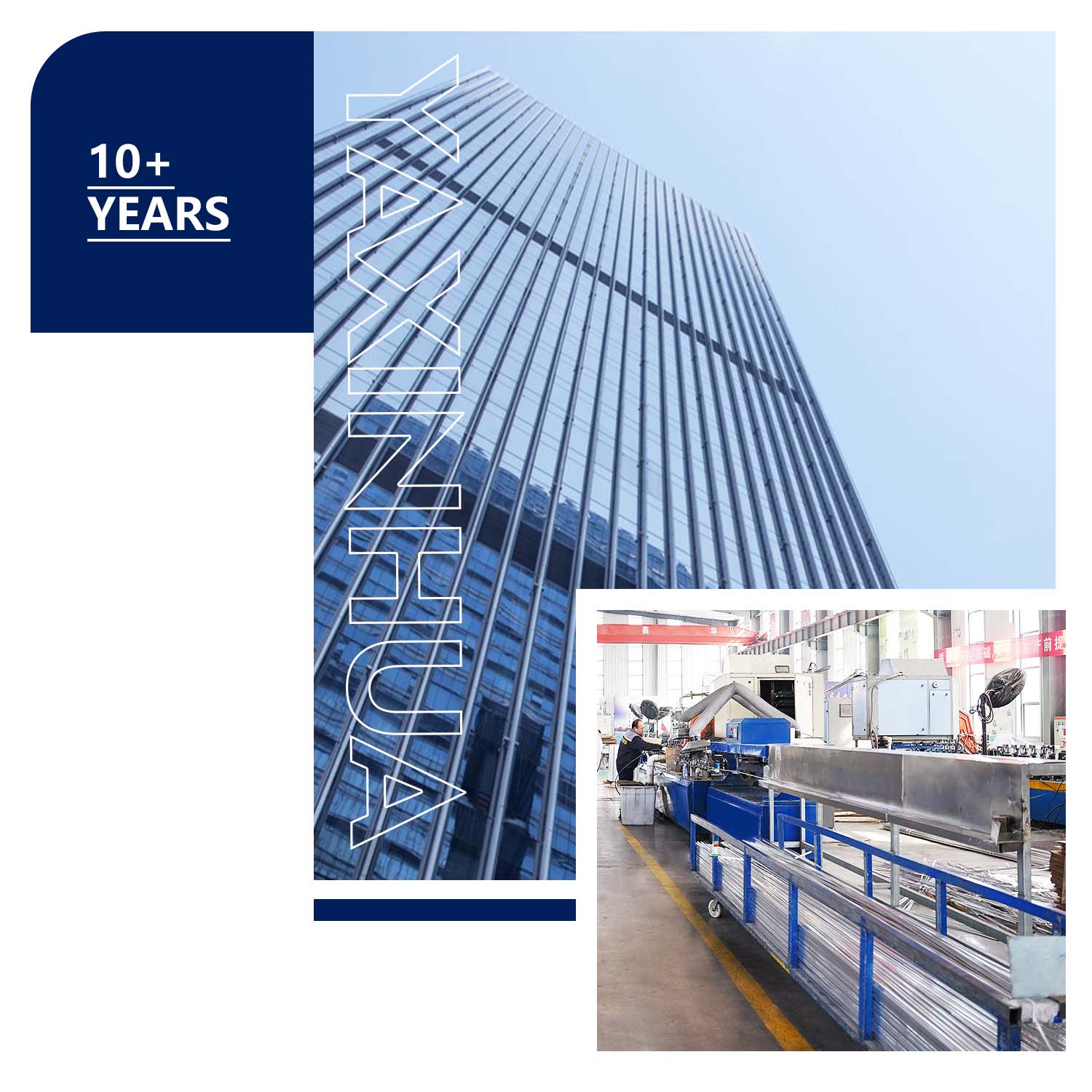
In conclusion,these types of glasses are all common use in modern architecture and automotive fields, and they each have different characteristics and application scenarios to meet different needs and conditions. Want to know more, follow us.
Shandong Yaxinhua Group is an enterprise headquartered in Jiyang County, Jinan City, Shandong Province, with a total investment of 200 million yuan and…Read More
Need Our product? Please contact us immediately
©2024. YaXinHua. All Rights Reserved.
